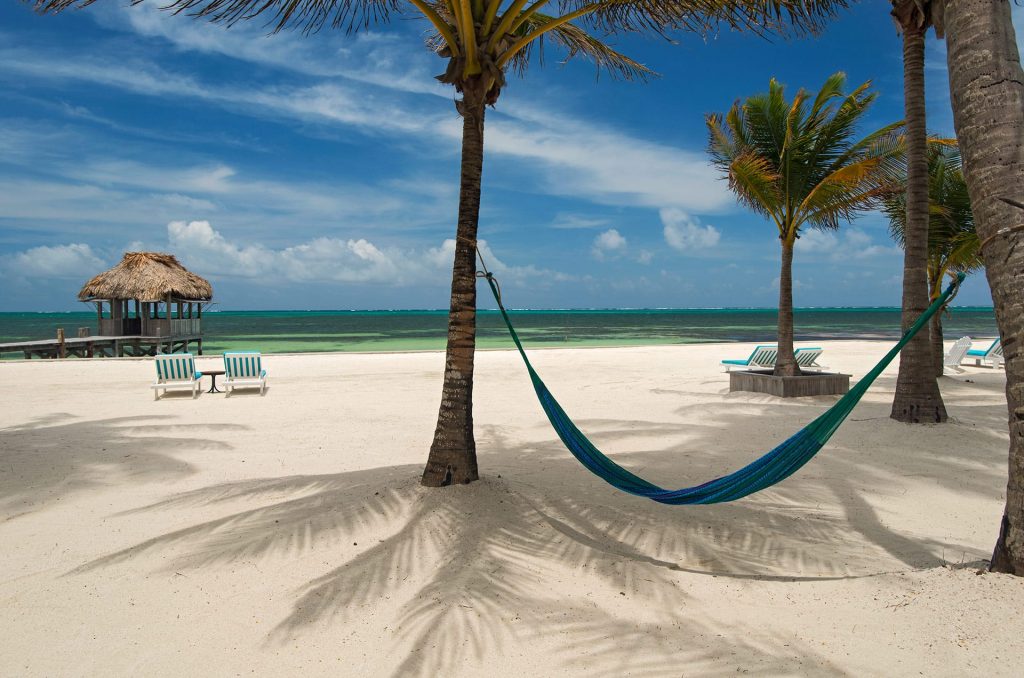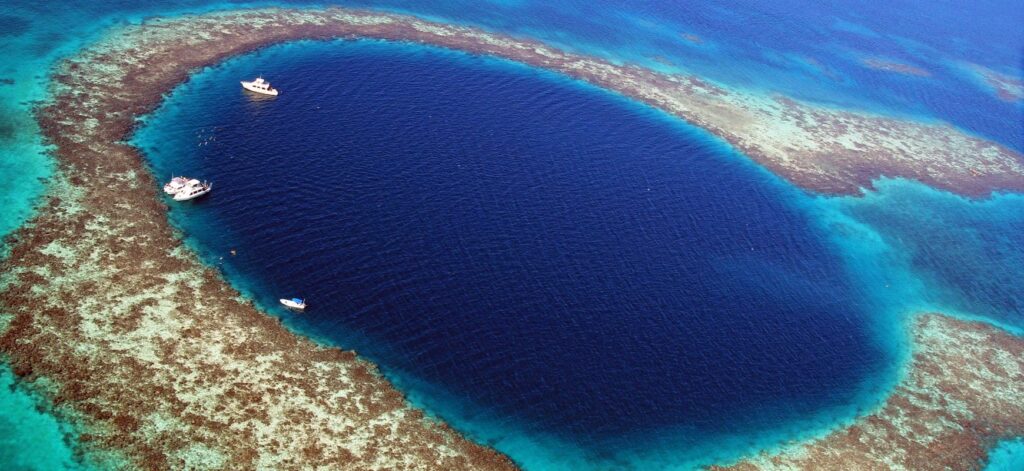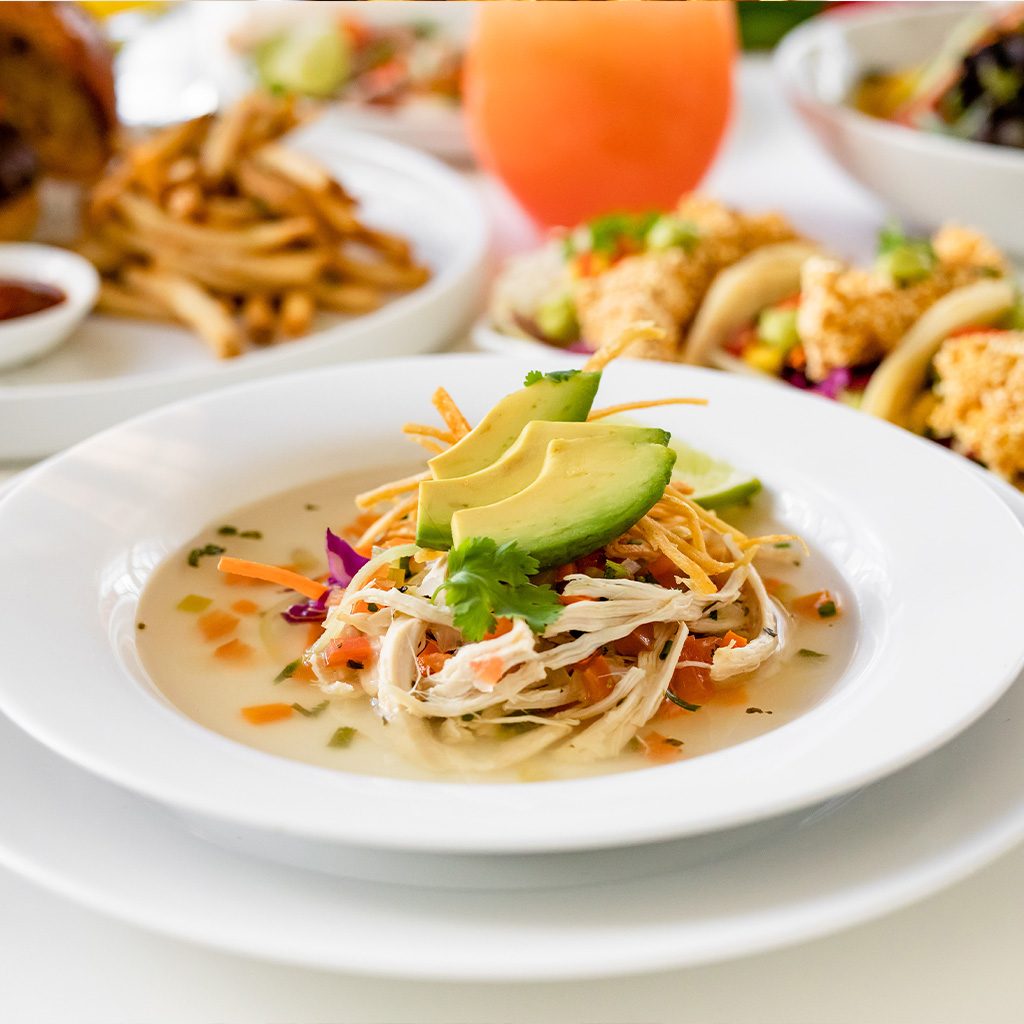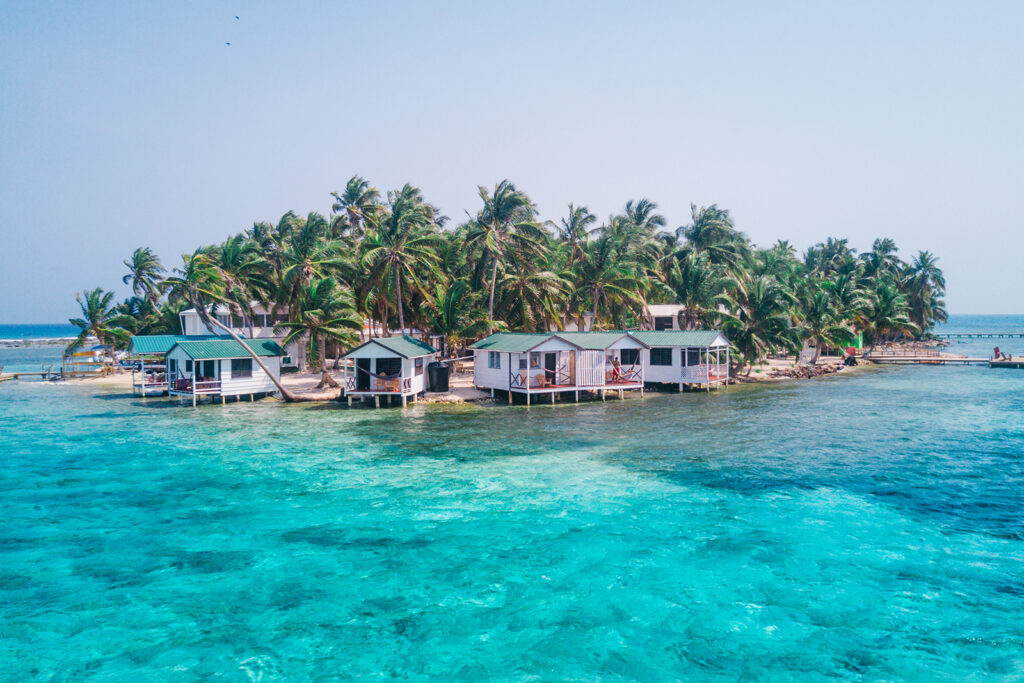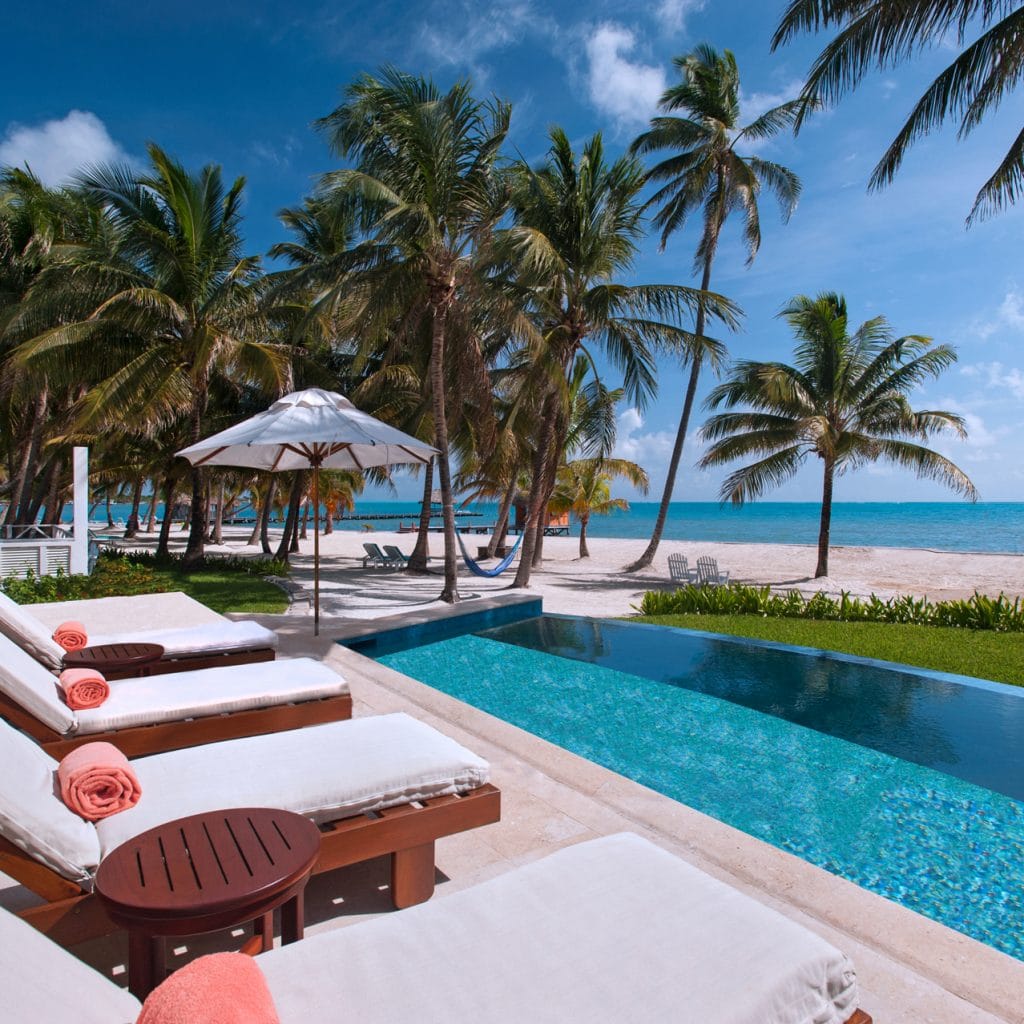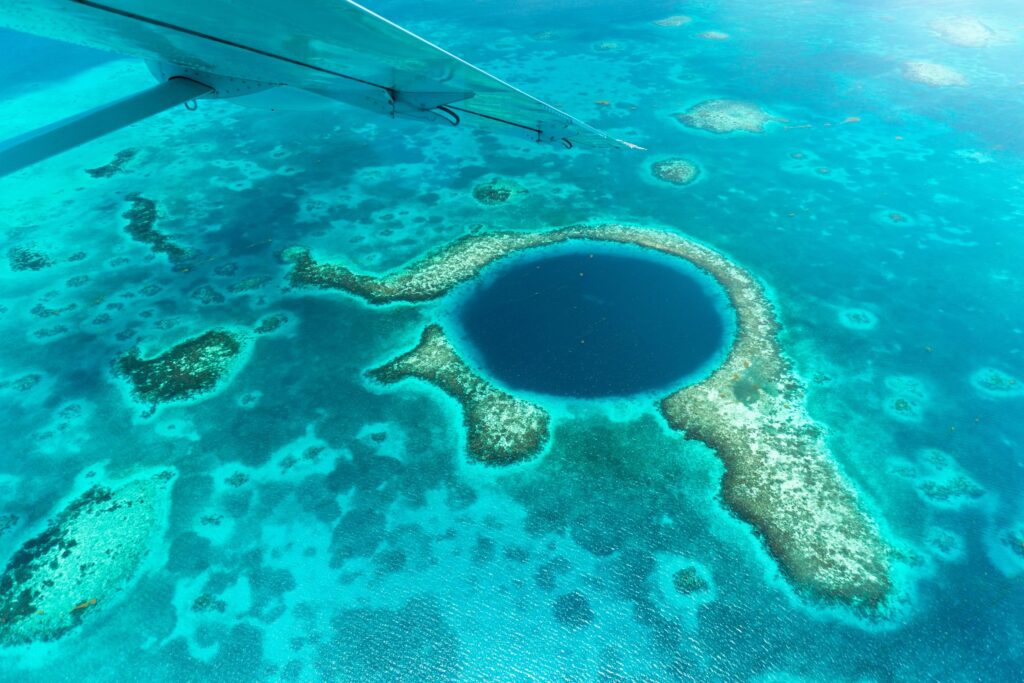Although this small Central American nation spans less than 9,000 square miles — roughly the size of the state of Massachusetts — few places on Earth can match Belize’s diverse natural beauty. The barrier reef’s turquoise and coral hues contrast with the staggering Mayan ruins scattered throughout the country’s lush rainforests. Plus, it’s not just the landscape, the history, culture and people of Belize are just as blended.
Where To Stay
Victoria House
Tucked away at the southern tip of Ambergris Caye, an island to the east of the Belize mainland, this plantation-esque luxury resort is not technically an all-inclusive, but features a few stellar meal packages—and its unhurried vibe is ideal for those who don’t mind a splurge. Renowned for its luxe spas, gorgeous rooms (think: rich mahogany trim, four-poster beds with gauzy curtains, and blonde dressers made from local wood), and very attentive service, this is the sort of place where if you catch a few fish, the kitchen will serve them to you three ways for dinner. Note: This is not a hyper-connected spot. Wifi can be scarce in some rooms, and you won’t necessarily have a television in your room. Call in advance to be sure your room will get a wireless signal; sometimes the main desk can accommodate you with a MiFi device.
Things To Do
Great Blue Hole
Although this small Central American nation spans less than 9,000 square miles — roughly the size of the state of Massachusetts — few places on Earth can match Belize’s diverse natural beauty. The barrier reef’s turquoise and coral hues contrast with the staggering Mayan ruins scattered throughout the country’s lush rainforests. Plus, it’s not just the landscape, the history, culture and people of Belize are just as blended.
Lamanai
Perched on the New River Lagoon in northern Belize, this sprawling 960-acre Mayan site stands masked in crocodile art. Lamanai means “submerged crocodile” in Yucatec Mayan, which should give you a good idea of what you’ll encounter here: artifacts depicting representations of the reptile, plus crocodiles (and iguanas) crawling along the banks of the New River to catch some sunlight.
Inhabited from about 1500 B.C. to A.D. 1700, Lamanai is the longest-occupied known Mayan site in the world. Its dense compound features three Mayan pyramids, the remains of a 16th-centruy Spanish Church and several noteworthy plazas and temples established during Pre-Classic Mayan rule. You won’t want to skip climbing the High Temple, and you’ll also want to visit the Mask Temple, which includes ancient artifacts linked to Mayan, Aztec and Olmec rulers. Just come prepared with sunscreen, light clothing and plenty of water.
